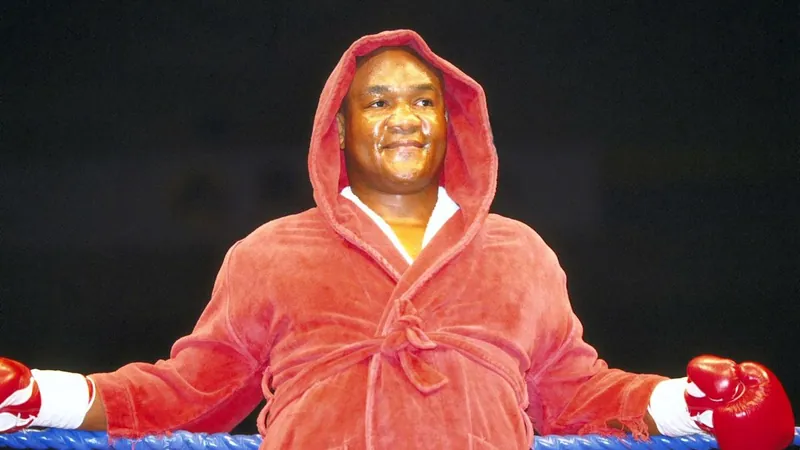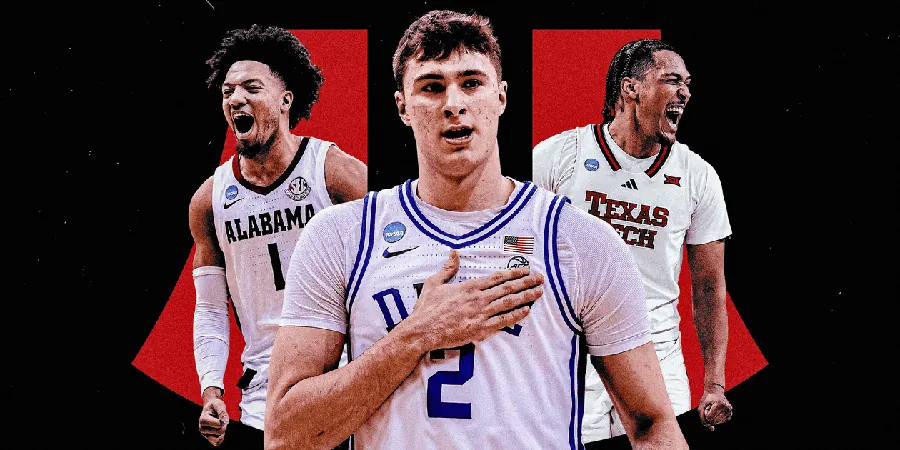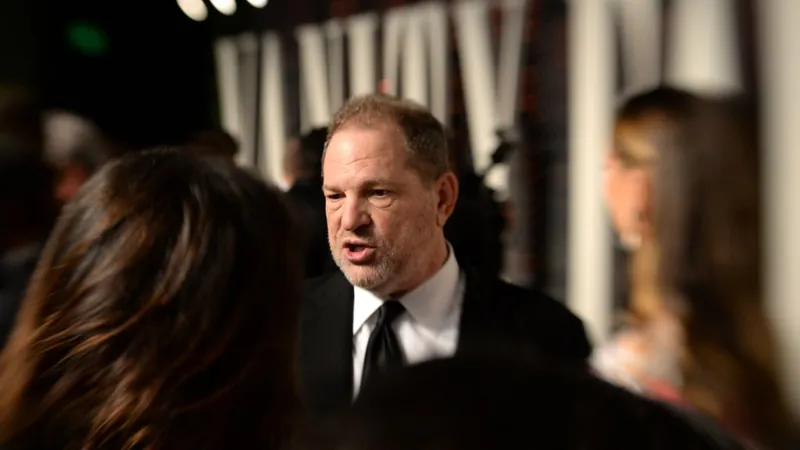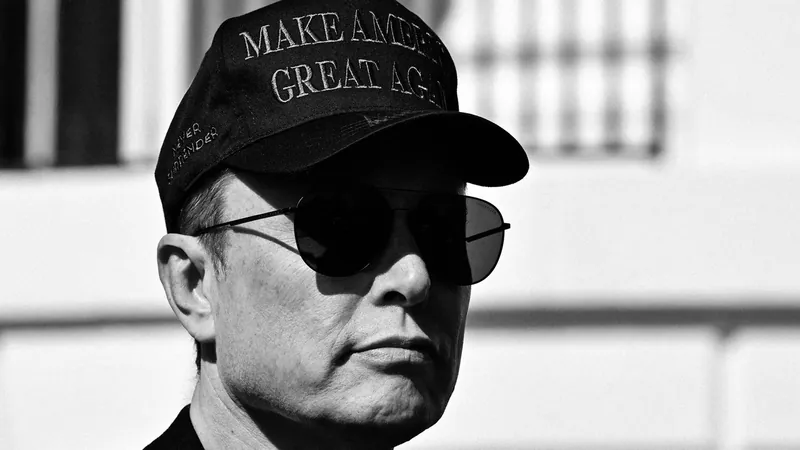
The Incredible Transformation of George Foreman: From Fearsome Fighter to Beloved Icon
2025-03-23
Author: Wai
If you remember the 1990s, George Foreman was not just a boxing legend but a gentle, endearing figure whose infectious smile showcased a warmth that drew people in. As the “Big George” charm radiated through television screens, fans saw more than just a former heavyweight champion; they witnessed a man whose faith and positivity touched hearts across the nation. Yet, his path to stardom was anything but simple.
Rewind to the 1970s, and "Big George" was a name synonymous with terror in the boxing ring. Once characterized as brooding and intimidating, he had left behind his roots as a troubled youth in Houston’s Fifth Ward, where he struggled to find his way, even dropping out of high school and getting involved in petty crime. His life took a pivotal turn when he won a gold medal at the 1968 Olympic Games in Mexico City—a moment that held profound significance against the backdrop of the Civil Rights Movement. Proudly waving an American flag in the ring, Foreman represented a complex symbol for a nation undergoing struggle and change.
As a professional fighter, Foreman boasted an astonishing 37-0 record before facing the legendary Joe Frazier in the now-iconic match in Jamaica in 1973. Knocking Frazier down six times within just two rounds, Foreman cemented his status as an unstoppable force in the boxing arena. However, it was not just victories that defined him; it was the trials, turning points, and life lessons he embraced along the way.
His legendary bout with Muhammad Ali during the "Rumble in the Jungle" in Zaire in 1974 was not merely a fight; it was a cultural spectacle. Regarded as near-invincible, Foreman’s defeat at the hands of Ali marked a turning point that shook him to his core. At just 25 years old, he faced the harsh reality of loss, but this setback became a catalyst for a profound personal transformation. After hearing what he described as the voice of God during a fight against Jimmy Young in 1977, Foreman stepped away from the boxing world, seeking a new calling as a preacher.
Emerging from a decade of quiet reflection, Foreman came back to boxing—this time, as an unexpectedly beloved figure. With a jovial demeanor and a new physique, he marketed his famous George Foreman Grill and became a household name far beyond the boxing ring. In 1994, at the age of 45, he achieved something many thought impossible: he recaptured the heavyweight title by defeating Michael Moorer, solidifying his legacy not just as a fighter, but as a symbol of resilience and reinvention.
Despite the fierce rivalry, Foreman held immense respect for Ali, often describing him as the greatest man he had ever met. Their legacies intertwined, showcasing the violence and camaraderie that often exists in competitive sports. Foreman’s journey showed the world that triumph comes in many forms and that vulnerability can coexist with strength.
In his later years, George Foreman became a multifaceted figure—a businessman, family man, and celebrated personality known for his sense of humor and warmth. He broke the mold of what it meant to be a heavyweight champion, proving that life can offer second chances, and sometimes, happiness lies in the simplest of joys, like grilling burgers on a backyard barbecue.
As we remember “Big George,” we see a mosaic of colors: vulnerability, strength, humor, and faith—a living testament that even the fiercest giants can transform into cherished icons. So much more than just a formidable fighter, George Foreman was a remarkable human being whose life story continues to inspire generations.





 Brasil (PT)
Brasil (PT)
 Canada (EN)
Canada (EN)
 Chile (ES)
Chile (ES)
 Česko (CS)
Česko (CS)
 대한민국 (KO)
대한민국 (KO)
 España (ES)
España (ES)
 France (FR)
France (FR)
 Hong Kong (EN)
Hong Kong (EN)
 Italia (IT)
Italia (IT)
 日本 (JA)
日本 (JA)
 Magyarország (HU)
Magyarország (HU)
 Norge (NO)
Norge (NO)
 Polska (PL)
Polska (PL)
 Schweiz (DE)
Schweiz (DE)
 Singapore (EN)
Singapore (EN)
 Sverige (SV)
Sverige (SV)
 Suomi (FI)
Suomi (FI)
 Türkiye (TR)
Türkiye (TR)
 الإمارات العربية المتحدة (AR)
الإمارات العربية المتحدة (AR)